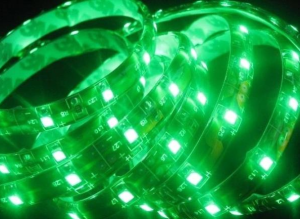Initial Checks: Ensure Basic Functionality
Start by confirming that the LED power supply is properly connected to both the power source and the LED fixtures. Verify that all connections are secure and correctly wired. Check the input voltage with a multimeter to ensure it falls within the power supply’s specified range, typically between 100V and 240V AC in most residential and commercial applications.
Identify Visible Signs of Trouble
Examine the LED power supply for any visible signs of damage, such as burn marks, swelling, or leaking components. These could be indicators of component failure. Capacitors, for instance, may swell or burst under excessive heat or voltage stress. Any physical damage likely requires replacement of the unit, as internal components might be compromised.
Measure Output Voltage and Current
Using a multimeter, measure the output voltage to ensure it matches the specifications required by your LED fixtures, which is commonly between 12V and 24V DC for standard systems. If the voltage is significantly higher or lower, the power supply may be failing. Similarly, check the current to ensure it does not exceed the maximum rated current of the power supply.
Assess Thermal Performance
Feel the temperature of the power supply during operation. It should be warm but not excessively hot. Overheating can suggest issues like overloading or poor ventilation. Ensure the unit is not enclosed in a tight space without adequate airflow. Overheating can drastically reduce the lifespan of the power supply and lead to sudden failure.

Test with a Known Good LED Fixture
If you suspect the power supply is at fault, try connecting it to an LED fixture that you know works properly. This can help isolate the issue to either the power supply or the LED fixture itself. If the power supply fails to operate correctly with the test fixture, it is likely the source of the problem.
Check for Electrical Noise or Flickering
Observe the connected LED fixtures for flickering or instability, which can indicate problems like electrical noise or a failing power supply. A power supply should deliver a steady, uninterrupted voltage to the LEDs. If flickering occurs, it could be due to issues with the power supply’s internal components not functioning correctly.
Why Accurate Troubleshooting Matters
Accurately troubleshooting an LED power supply ensures that your LED lighting system remains functional and efficient. By identifying and resolving issues early, you can avoid unnecessary replacements and maintain optimal lighting performance. This process not only saves time and money but also extends the longevity of your lighting installation. Correctly functioning LED power supplies are crucial for providing reliable, high-quality lighting that meets your needs.